Protect Your RV from Winter’s Harshness: Follow These 10 Steps
Protecting your RV for winter is essential to preserve its condition and have it ready to go in spring. Whether you own a Class A, B, or C motorhome, a fifth wheel, a camper, or a tent trailer, proper preparation ensures that your vehicle will be in perfect shape for the coming seasons. By taking the time to winterize your RV properly, you reduce the risk of wear and damage from the cold, making sure your investment remains a reliable companion for future getaways.
Here, we provide a complete checklist of steps and tips to effectively protect your RV against the harshness of winter. From draining the systems to installing a quality cover, each step contributes to extending the life of your vehicle. Follow our guide to give your RV the peace of mind of a secure winter rest!
1. Drain the Water System
- Empty the tanks: Start by emptying the fresh water, gray water, and black water tanks. Clean the tanks thoroughly to avoid bad odors and deposits.
- Drain the water heater: Once the tanks are emptied, release the water from the heater, using a bypass kit to save antifreeze.
- Blow out the pipes: Use compressed air in the water lines to remove any moisture, minimizing the risk of freezing in the pipes.
2. Add Antifreeze to the Pipes
Protect the plumbing by running RV antifreeze through it:
- Circulate the antifreeze: Use a pump to run antifreeze through the faucets, drains, and toilet until the liquid appears. This prevents any remaining water from freezing and cracking the pipes.
3. Remove and Maintain the Batteries
- Disconnect and store: Remove the battery, fully charge it, and store it in a temperate location.
- Periodic recharging: Check and recharge the battery every 4 to 6 weeks to prevent it from fully discharging.
4. Seal and Ventilate to Prevent Moisture and Pests
- Check and seal joints: Examine the windows, doors, and vents for any cracks or leaks, and apply caulk if necessary.
- Controlled ventilation: Cover the vents to prevent rodents from entering while maintaining minimal air circulation to avoid condensation.
5. Clean and Organize the Interior
A clean RV helps prevent bad odors and discourages pests:
- Remove all traces of food: Empty the refrigerator, cabinets, and drawers to leave no food that could attract animals and create odors.
- Moisture absorbers: Place absorbers in closed spaces to prevent mold and keep the interior dry.
6. Protect the Tires
- Inflate the tires: Maintain the recommended pressure to avoid deformation.
- Cover the wheels: Use covers to protect against water and ice infiltration, which can damage the tires and rims.
- Use blocks: Place the RV on blocks to reduce pressure on the tires and extend their lifespan.
7. Store the Propane
Ensure propane is properly stored:
- Disconnect and cover: Shut off the propane supply and cover the bottles. If possible, store them in a ventilated outdoor space.
8. Engine Maintenance (for Motorized RVs)
- Add a fuel stabilizer: Fill the tank and add a stabilizer to prevent fuel degradation.
- Check fluid levels: Ensure that the brake fluid, antifreeze, and oil levels are adequate.
9. Secure the Interior and Remove Valuables
- Remove valuables: Take out anything that could attract pests or be damaged by the cold.
- Lock up: Make sure all doors and windows are securely closed.
10. Install a Protective Cover – The Final Step for Complete Protection
Protecting the exterior of your RV with a specially designed cover is essential to preserve its longevity:
- Choose a breathable cover: Opt for a material that allows air circulation to avoid mold and keep the exterior dry. See our article: Guide to Choosing, Measuring, and Installing Your RV Protective Cover.
- Check the environment: Make sure there are no branches or objects that could rub against and pierce the cover.
- Protect edges and protrusions: Cover corners and protruding elements with foam or protective padding to prevent tearing.
- Install the cover with two people: It’s easier and safer to install with two people, especially for large RVs. This helps avoid snags.
- Secure the cover: Tighten the straps so that the cover is taut and secure. A well-fitted cover protects against wind and weather.
By following these steps, you give your RV the protection it needs to face winter with peace of mind. Whether you have a motorhome, a tent trailer, a fifth wheel, or a camper, careful preparation ensures a longer life for your vehicle. For maximum protection, consider choosing a quality cover like those from The RV Covers, with a lifetime warranty on manufacturing defects.
You can also check out our guide to choosing the ideal cover, tailored to the specifications of each model and storage conditions. And don’t forget to inspect your RV from time to time to make sure everything is in order. With a sturdy cover and regular monitoring, your RV will stay protected and ready to hit the road for new adventures as soon as spring arrives. Enjoy every moment spent preparing it, as it will reward you during your next getaways!
Next reading: Guide to Choosing, Measuring, and Installing Your RV Protective Cover
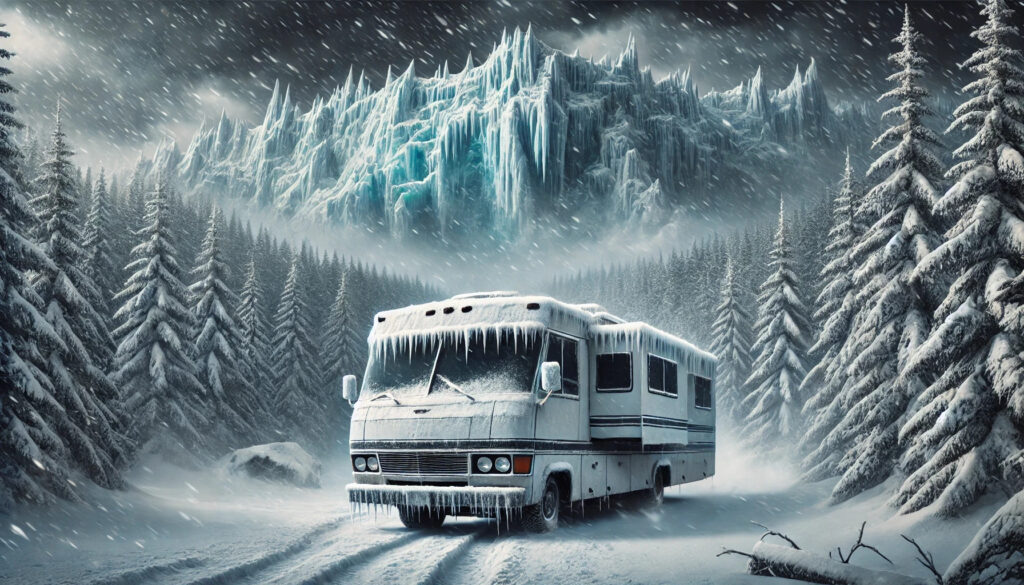

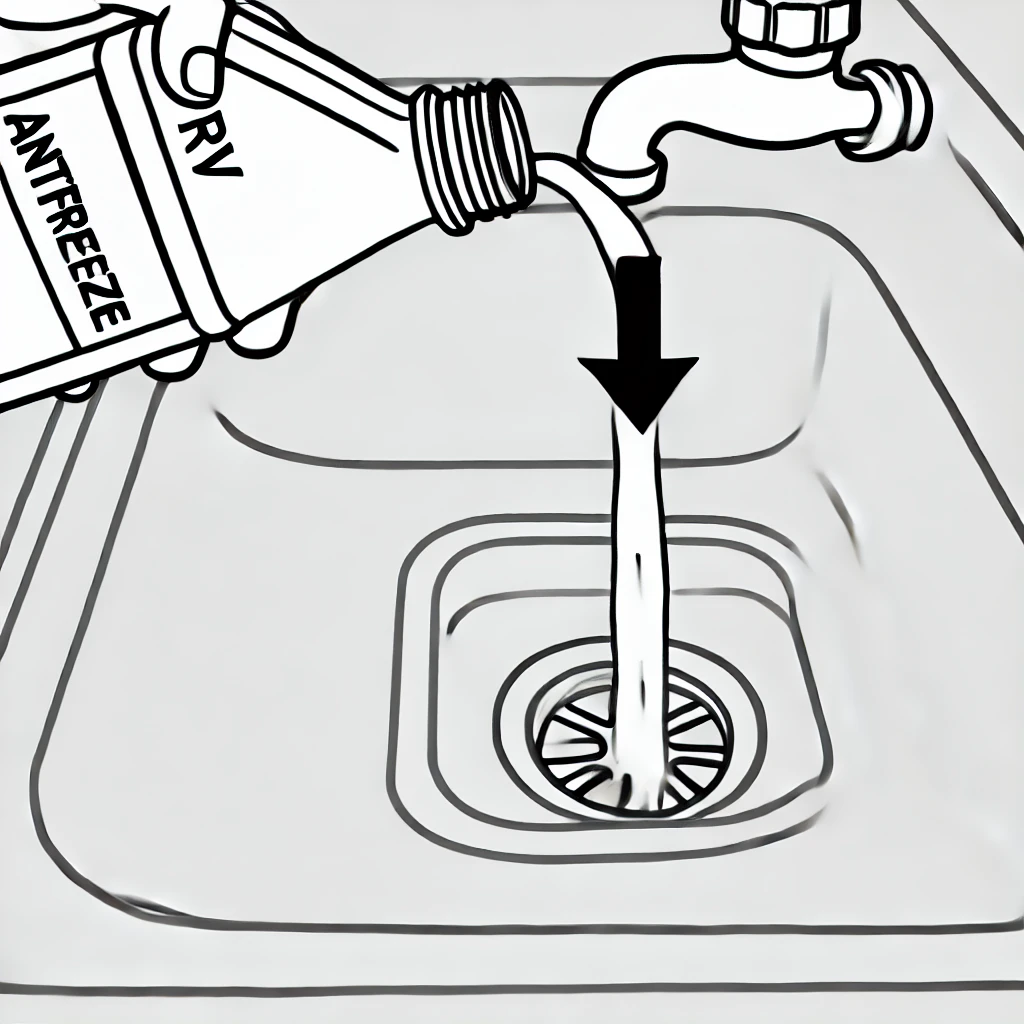
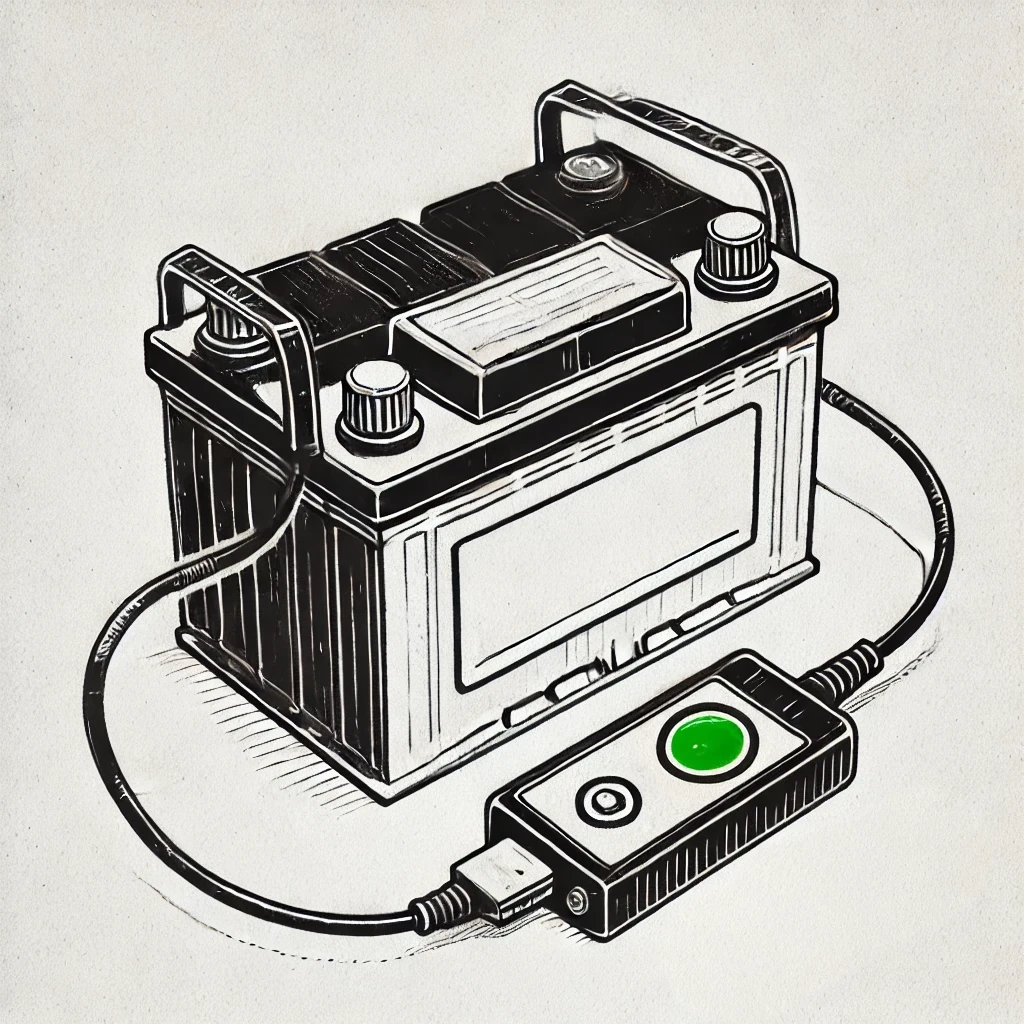

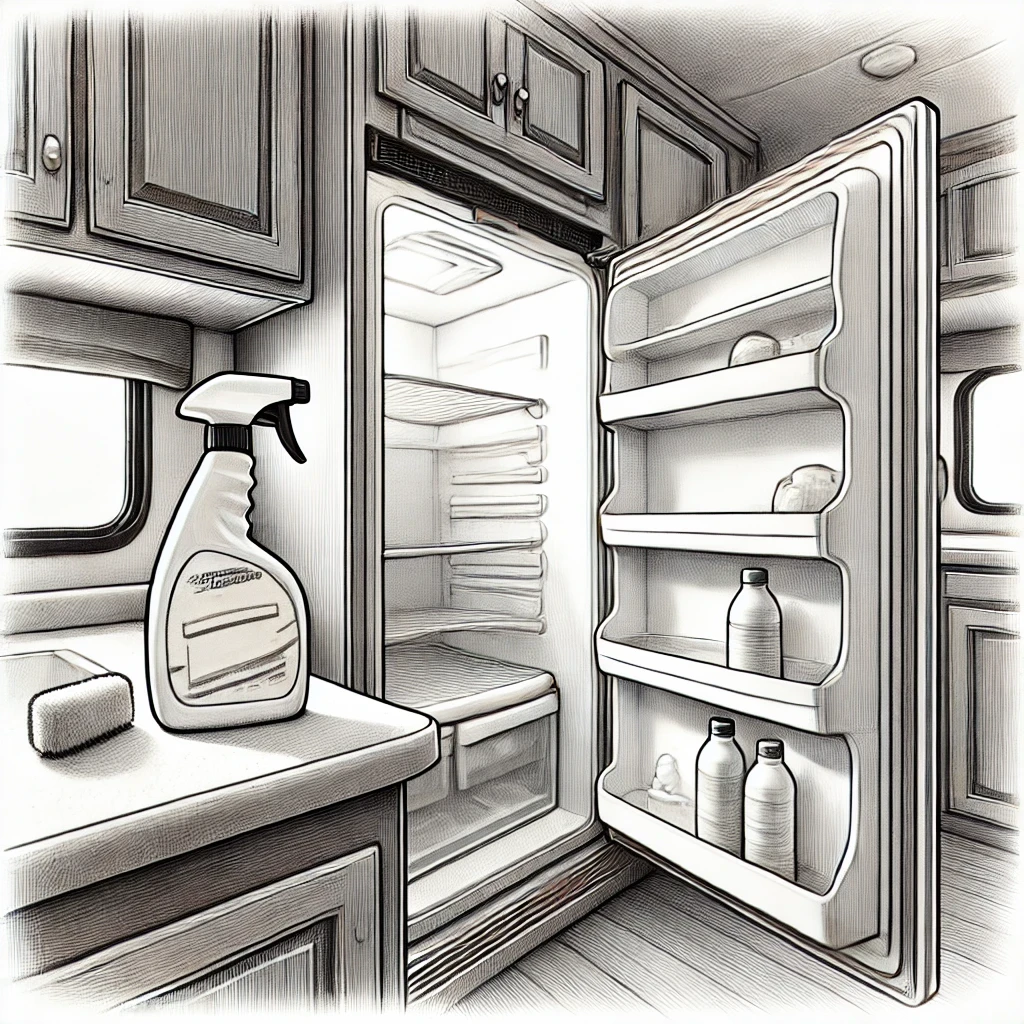
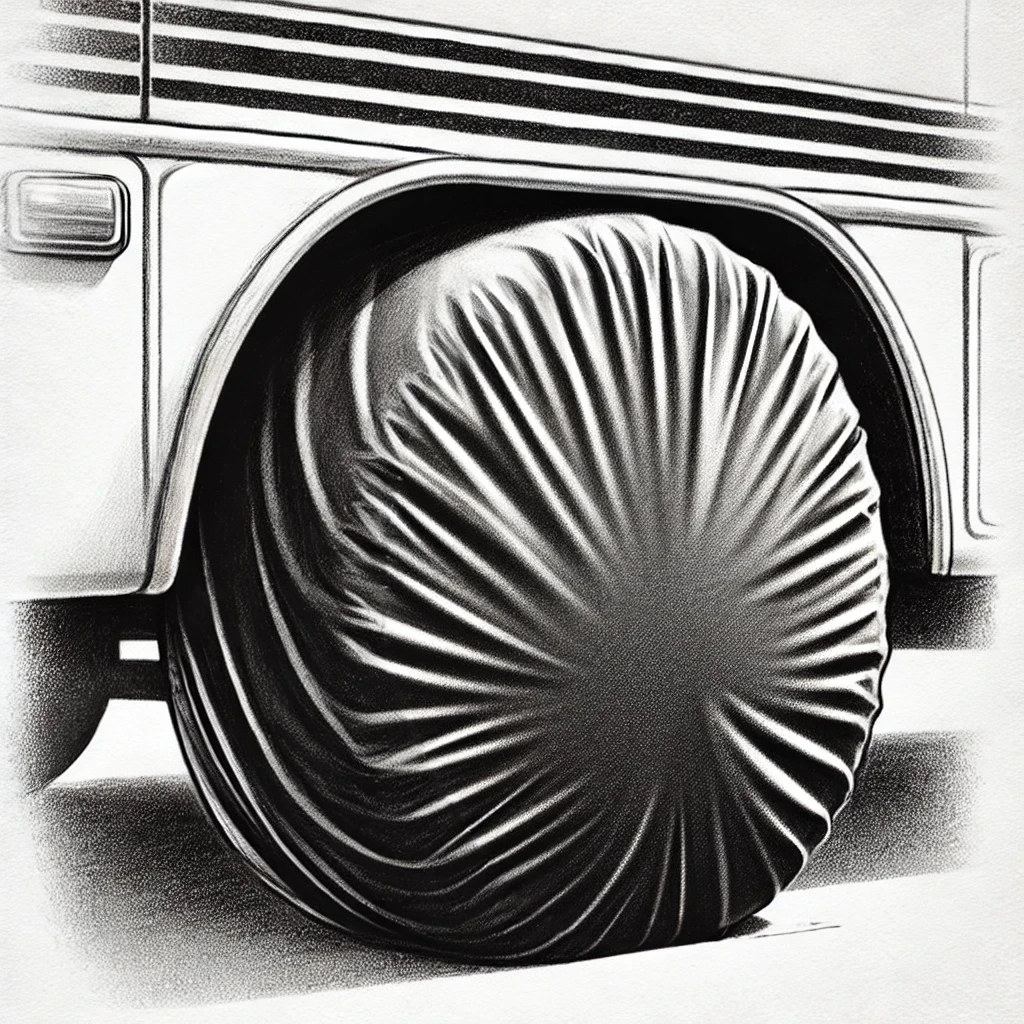
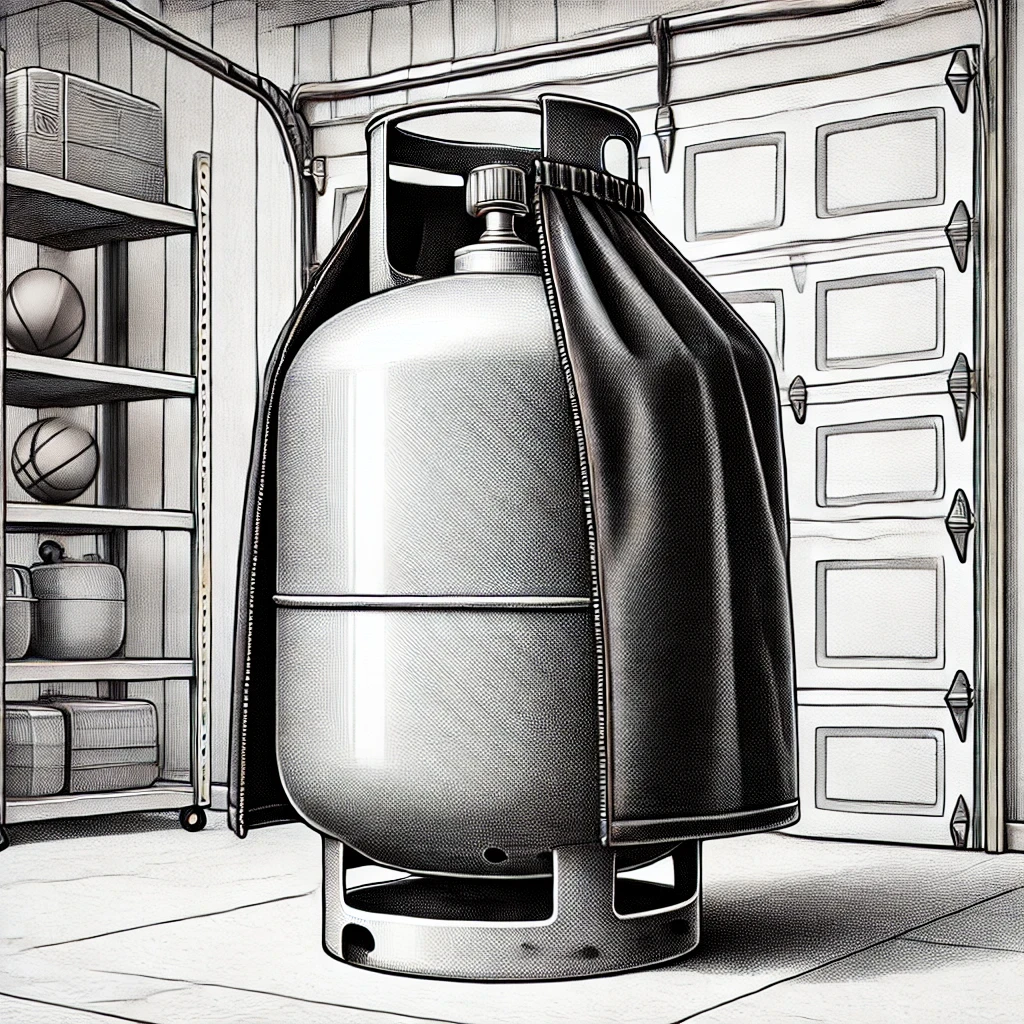
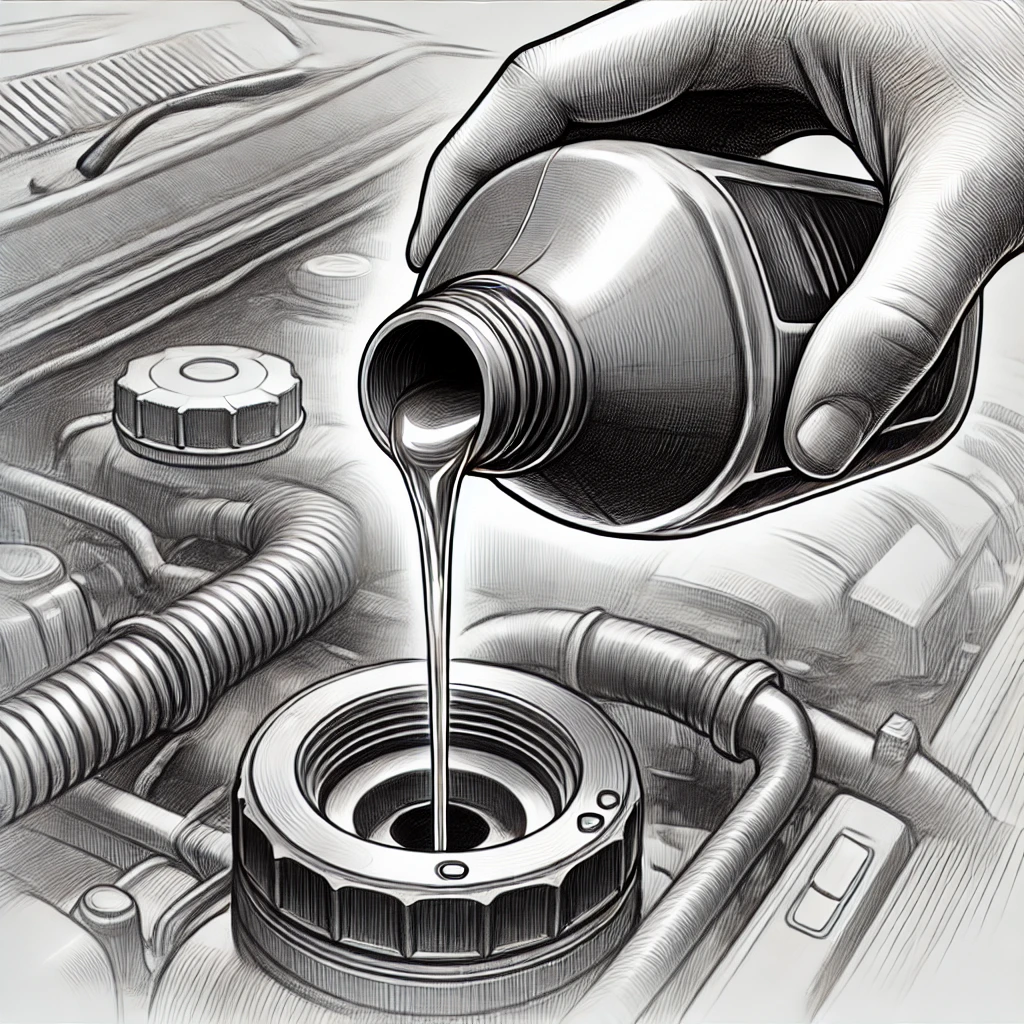

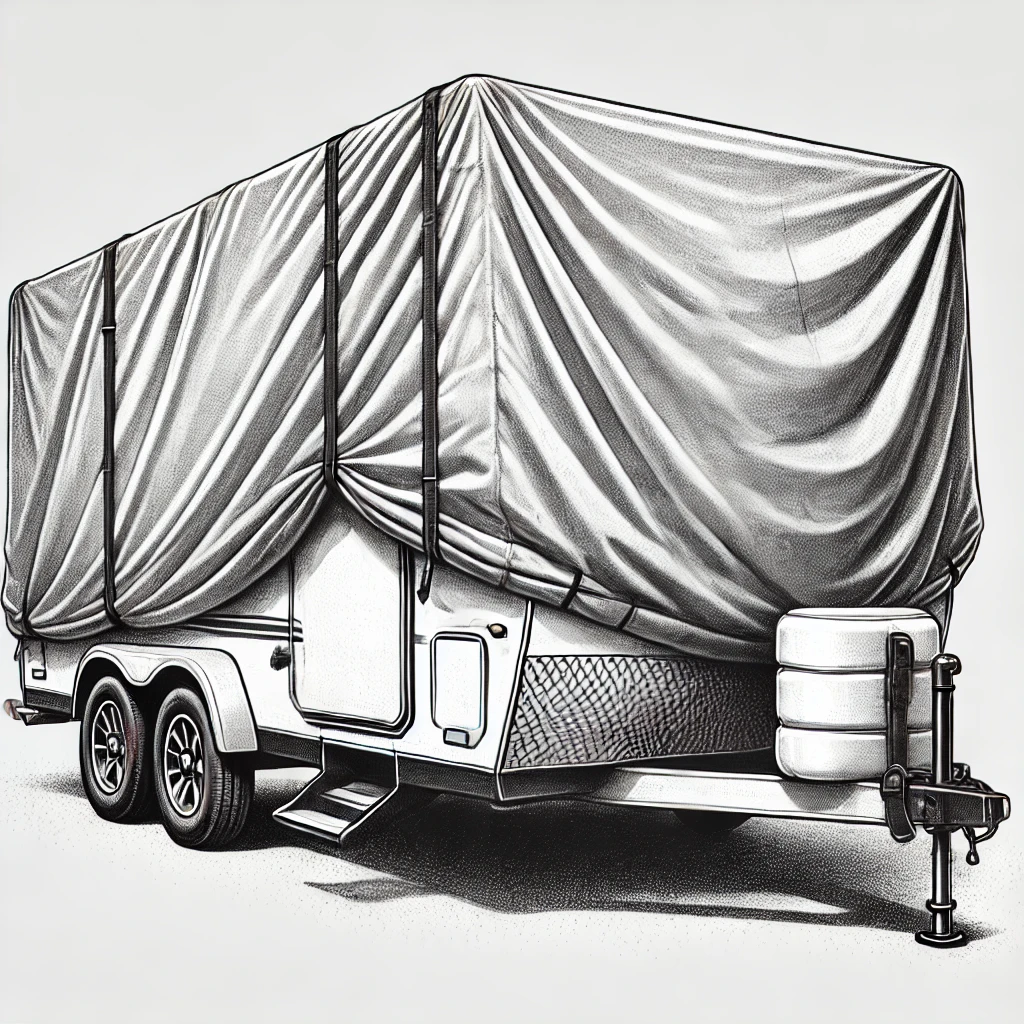







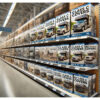

Comment